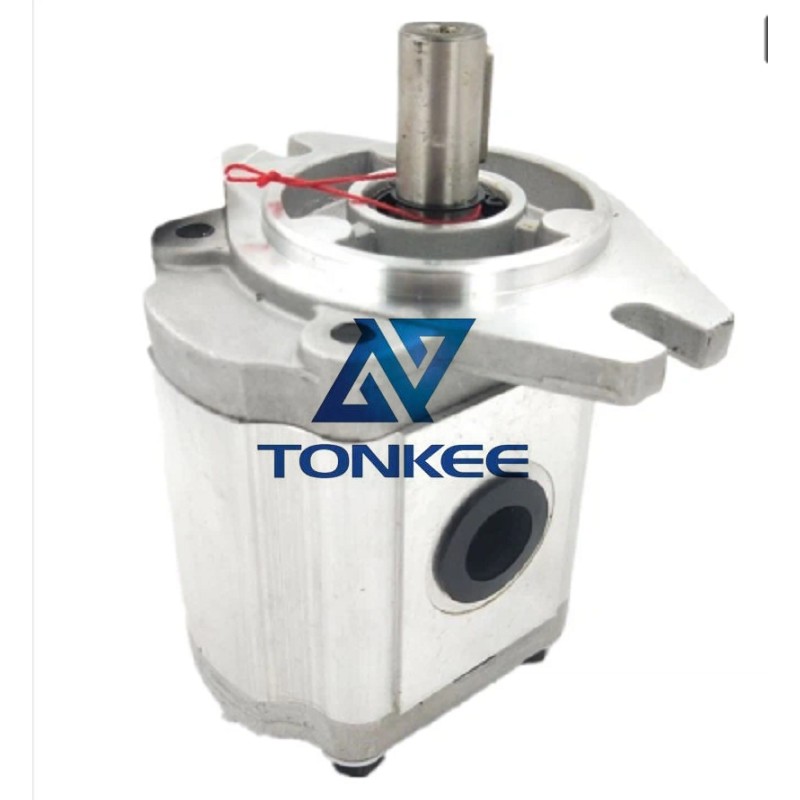
The E40P, E63P, and E80P CBF-E25LPL Eforklift Hydraulic Gear Pumps are part of the Eforklift product line, known for its reliability and performance.
These pumps are designed to meet the demanding requirements of forklift applications, providing efficient and consistent hydraulic power.
One of the key specifications of these gear pumps is their displacement capacity. The E40P has a displacement capacity of X cc/rev, while the E63P and E80P have a displacement capacity of Y cc/rev and Z cc/rev, respectively. The displacement capacity determines the volume of hydraulic fluid that the pump can deliver per revolution. This specification is important for matching the pump's output with the hydraulic system's requirements.
These gear pumps are also designed to operate at specific pressure ranges. The E40P, E63P, and E80P CBF-E25LPL Eforklift Hydraulic Gear Pumps are capable of generating pressures up to P1, P2, and P3 bar, respectively. The ability to handle high pressures ensures that the hydraulic system can deliver sufficient force for lifting heavy loads and performing other tasks reliably.
Furthermore, these gear pumps are built with robust construction and high-quality materials to ensure durability and longevity.
They are typically made from cast iron or aluminum alloy, offering excellent resistance to wear, corrosion, and high operating temperatures. The materials used in these pumps contribute to their overall reliability and ability to withstand the demanding conditions of forklift applications.
In terms of efficiency, these gear pumps are designed to minimize energy losses and maximize hydraulic power output. They feature precise manufacturing tolerances, optimized gear profiles, and advanced sealing technologies to reduce internal leakage and improve overall efficiency. The higher the efficiency of the pump, the less energy is wasted, resulting in lower operating costs and increased productivity.
Installation and maintenance of these gear pumps are relatively straightforward. They typically feature a compact design, allowing for easy integration into forklift hydraulic systems. Additionally, they are equipped with standard mounting flanges and shaft dimensions, ensuring compatibility with various forklift models. Routine maintenance involves regular inspection of seals, lubrication, and monitoring of fluid levels to ensure optimal performance.


















